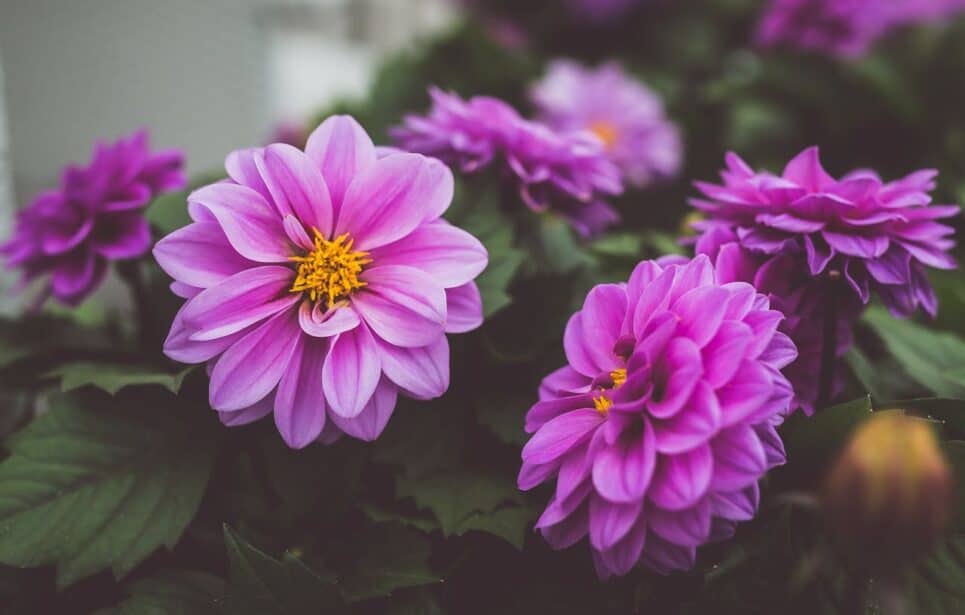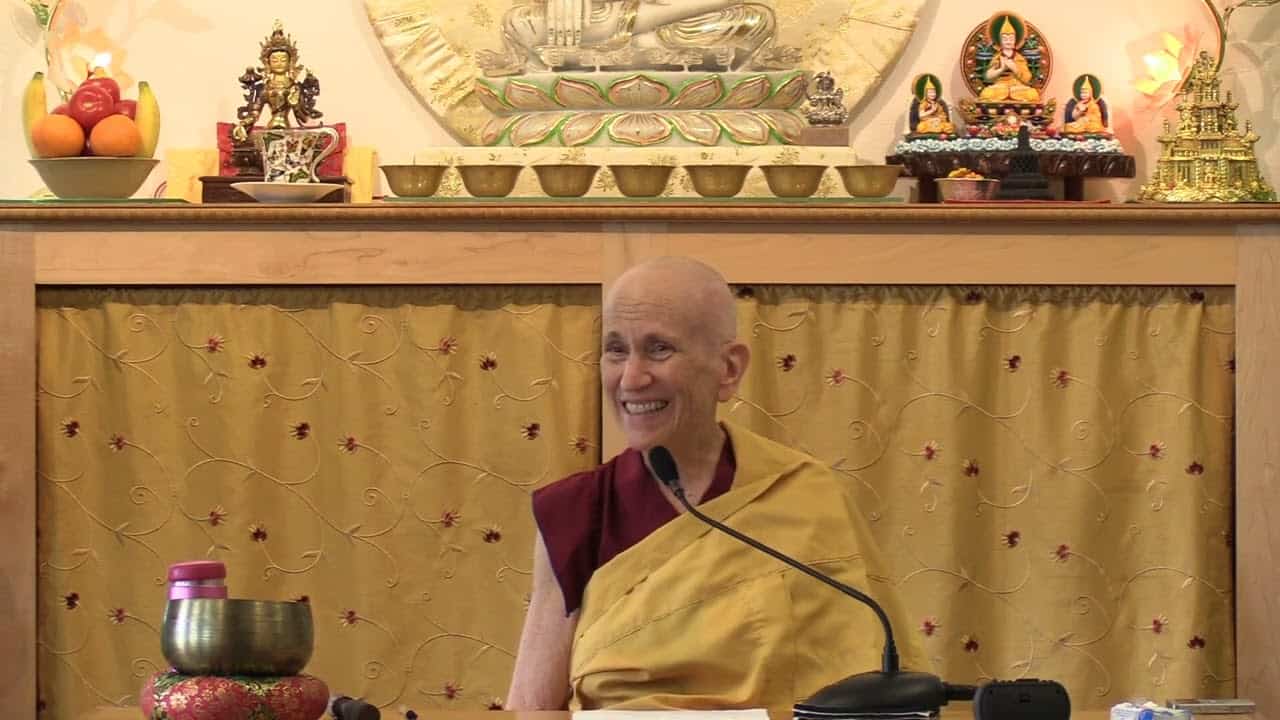A prison visit

Venerable Thubten Gyatso shares the experience of his first visit to a correctional facility.
As part of Sravasti Abbey’s program to bring the Dharma to incarcerated people, I recently joined other Abbey volunteers to visit Airway Heights Correctional Center near Spokane, Washington. This was the only time in my life that I’d visited a correctional facility. I immediately noticed the thick silence of the facility. The large casino located next to the prison blared rock music incessantly, but the facility itself felt like a huge prison without anyone inhabiting it.
The cleanliness of the grounds caught my attention next, including the well-manicured lawn and colorful gardens scattered about. I imagine it must be a huge relief from the many shades of gray of the prison buildings for the men to walk through rows of flowers. And for the few inmates who were allowed to garden, the joy of feeling the dirt in their hands and smelling the flowers and dark soil would be a welcome reprieve from the prison atmosphere.
Our first session, which was at the minimum security section, had one enthusiastic student, who shared with us his struggles with his partner and children. We deeply felt the pain of their separation. After accepting the harm he had done and the regret he felt at causing his family to be torn apart, he was able to use the Dharma to work with his negative feelings around his difficult situation by cultivating love and compassion in the face of hostility and resentment. He still called his elderly mother almost every day, which his cellie (cell mate) found frustrating, but he skillfully worked with his anger to avoid violence and see his cellie as another suffering sentient being who simply wants to be happy and free of suffering and who is deserving of love and respect.
Our second class was in the medium security area and had a more robust audience with 15 incarcerated individuals. As in the first class, we started with breathing meditation and cultivating a positive motivation and then discussed a section from Venerable Sangye Khadro’s How to Meditate. We then led a lamrim meditation based on the reading. The men had lots of questions about the law of karma and its effects and were very engaged in the discussion. They were grateful for our time together and easily smiled and shared things that they might not have divulged outside this class.
Even though our visits to Airway Heights occur only every other week, they give the incarcerated people an energizing boost in their Dharma practice and establish in them a firm foundation in lamrim, correct meditation techniques, and authentic teachings from Buddha Shakyamuni. Because some of them dabble in different religious practices, in a sort of “spiritual soup,” it’s essential that they have this opportunity to hone in on what the Buddha actually taught so that they will have a solid base for cultivating beneficial qualities and eliminating negativities.
Walking out of the concrete and razor-wire compound, a strong feeling anticipating our next meeting arose in my mind. I can see in my own life and others’ lives the immediate and long-term benefits of embracing and engaging with the Buddhadharma. I rejoice that the Abbey has the resources to connect with these men, who have so much potential, and to support them on their path to harmonious communities now, and Buddhahood in the future.
Venerable Thubten Gyatso
Ven. Thubten Gyatso grew up near the beautiful white-sand beaches of northwest Florida and spent his childhood lying in the sun and playing soccer. At the University of Florida he graduated with a BA in History and a minor in Business Administration, and then earned his MA in History. Determined to get out of the libraries, he spent the next 22 years wandering six continents as a ski instructor, waiter, and English teacher. He arrived at Sravasti Abbey in September 2021 after the Exploring Monastic Life course online, and recognized that Sravasti Abbey had all the conditions necessary for spiritual growth. His request for ordination was approved, and on May 20th, 2023, he ordained and became Ven. Thubten Gyatso. Some of his opportunities for service at the Abbey include administration, infrastructure, and Dharma dissemination with the prison outreach team. He’s looking forward to one day joining the bhikshu sangha and attending the very first bhikshu posadha at Sravasti Abbey.


